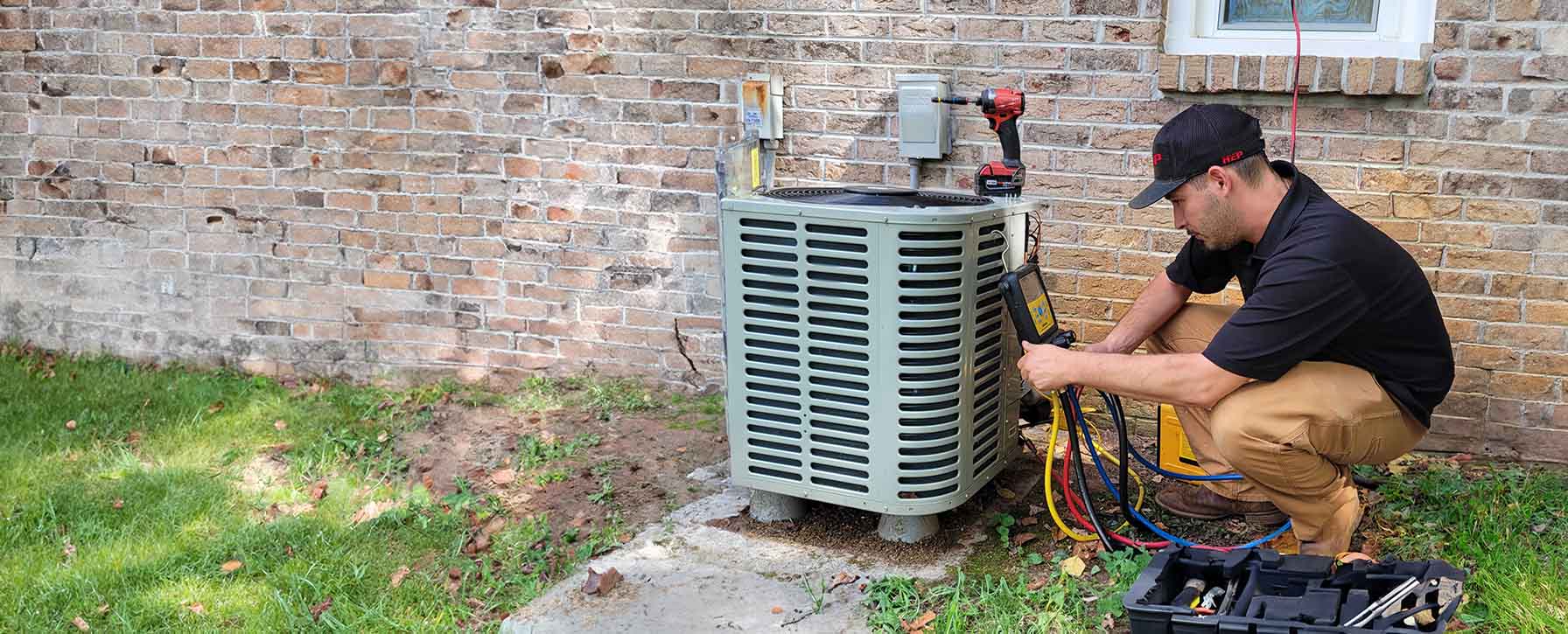

Indoor Air Quality
Your trusted partner for professional home services. Quality workmanship, guaranteed satisfaction.




- HEP
- Indoor Air Quality
Indoor Air Quality | Ventilation and Air Quality | Heating and Air Conditioning | Greenback
Breathe easier in your Greenback home with HEP’s indoor air quality specialists. From dust-filled attics to humid crawl spaces, we uncover the hidden sources of irritation and design HVAC solutions that balance temperature, humidity, and fresh-air exchange in perfect harmony. Our NATE-certified technicians tailor high-efficiency filters, sealed ductwork, and smart ventilation strategies to the way you live—so every room feels crisp, clean, and comfortable year-round.
When you call HEP, you’re choosing a local team obsessed with ventilation and air quality excellence. We test, measure, and verify results, then back our work with transparent pricing and 24/7 support. Whether you need a whole-house air purifier, energy-recovery ventilator, or just honest advice, we’re ready to help you breathe healthy, save energy, and love your home again. Schedule your free in-home assessment today!
FAQs
Why is indoor air quality especially important for homes and businesses in Greenback?
East Tennessee’s long allergy season, abundant humidity, and temperature swings mean that pollen, mold spores, and moisture can build up quickly indoors. Because today’s buildings are tightly sealed for energy efficiency, contaminants have fewer places to escape. Good indoor air quality (IAQ) helps reduce allergy and asthma symptoms, protects furnishings from excess moisture, and keeps your heating and cooling equipment running efficiently—ultimately lowering utility costs and improving overall comfort.
What are the most common indoor air pollutants found in Greenback households?
Local IAQ tests frequently uncover high levels of: • Pollen from ragweed, grasses, and regional trees • Mold spores encouraged by the area’s humid summers • Dust mites that thrive in moderate winter indoor temperatures • Volatile Organic Compounds (VOCs) from cleaning supplies, paints, and off-gassing furniture • Pet dander from the many dog- and cat-loving households • Combustion by-products such as carbon monoxide from gas appliances or wood-burning stoves. A comprehensive IAQ strategy addresses each of these pollutant categories with filtration, ventilation, humidity control, and source reduction.
How can my existing HVAC system be optimized to improve ventilation and air quality?
1. Upgrade to a higher-MERV filter (typically MERV-11 to MERV-13 for most residential systems) to capture finer particles without restricting airflow. 2. Install a fresh-air intake or energy-recovery ventilator (ERV) to bring in filtered outdoor air while minimizing energy loss. 3. Add an inline UV-C light to neutralize mold and bacteria on the indoor coil and inside the ductwork. 4. Integrate a whole-house dehumidifier to keep relative humidity between 40-50%, hindering mold and dust mites. 5. Program your smart thermostat to run the blower on low speed for short intervals throughout the day; this keeps air moving through the filters even when heating or cooling is not required.
What’s the difference between HEPA filters, MERV-rated filters, and UV germicidal lights?
• HEPA (High-Efficiency Particulate Air) filters capture 99.97% of particles ≥0.3 microns and are ideal for severe allergy or medical needs. They usually require a dedicated bypass cabinet so they don’t restrict airflow. • Standard pleated filters are rated by MERV (Minimum Efficiency Reporting Value). A MERV-8 stops coarse dust; MERV-11 to MERV-13 captures most pollen, pet dander, and many bacteria. • UV-C germicidal lights emit ultraviolet wavelengths that disrupt the DNA of microbes, rendering them incapable of reproducing. UV lights don’t remove particles, so they are best used in combination with filtration. Your IAQ specialist can help decide which technologies—or combination—fit your equipment, budget, and health goals.
How often should I have my ducts cleaned or schedule IAQ maintenance?
In Greenback’s climate, we recommend: • Duct inspection every 2–3 years and cleaning every 5–7 years, or sooner if you’ve completed a renovation, discovered mold, or own shedding pets. • Filter checks monthly and replacement at least every 60–90 days (more often during heavy pollen seasons). • Humidifier or dehumidifier service annually before the peak season of use. • Professional HVAC tune-ups in spring and fall, which include coil cleaning and airflow verification. These intervals keep your system efficient and IAQ at its best while preventing costly repairs.
Are there rebates or incentives available in Greenback for upgrading IAQ equipment?
Yes. • TVA’s EnergyRight program periodically offers rebates for installing qualifying high-efficiency heat pumps with built-in fresh-air ventilation or ERVs. • Federal tax credits under the Inflation Reduction Act can cover up to 30% (subject to annual caps) of the cost of Energy Star–certified air purifiers, heat-pump water heaters, and certain high-efficiency HVAC upgrades. • Many local utilities provide bill credits for enrolling in air-quality monitoring pilots or demand-response programs that include smart thermostat upgrades. Our team tracks current incentives and will prepare all necessary paperwork to ensure you receive every available dollar back on your IAQ investment.